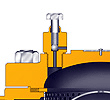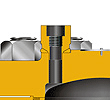Fluid Control Equipment
Free Float® Steam Traps (Medium/High Pressure)
JH Series
Precision Free Float®: The Best for a Variety of Processes
Continuous condensate discharge
The Free Float® moves up and down in response to the amount of condensate inflow, automatically adjusting the amount of valve opening and continuously discharging condensate. This ensures that no condensate accumulates inside the equipment.
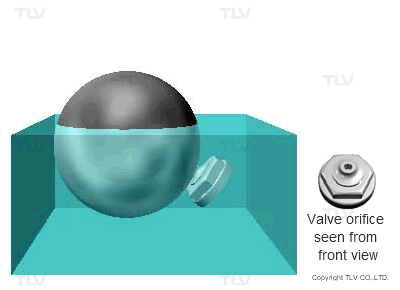
Reduced steam losses
The surface of the liquid inside the trap is maintained above a certain level and condensate is continually discharged through the orifice. Even when there is no condensate flowing into the trap, the precision Free Float® securely seals the orifice closed. This minimizes steam losses during operation.
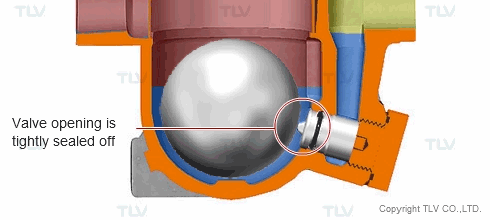
Ideal for condensate recovery
In Free Float® type steam traps, the forces of the inlet pressure and the back pressure act in opposing directions, so Free Float® traps are able to operate normally even under 90% back pressure. This makes them ideally suited for processes with closed condensate recovery systems. In contrast, disc type traps only have a 50% to 80% allowable back pressure because the pressures act in the same direction.
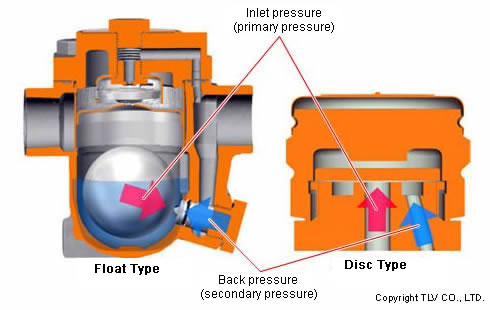
Automatic air venting to match your application
TLV's Free Float® steam traps offer a variety of air vents and air venting devices for high performance on any applications or operating conditions. For high temperature, high pressure applications, models without internal air vents are also available.
TLV offers an air vent to fit event the most demanding needs.
| X-element | Bimetal | - | |
|---|---|---|---|
| Air venting function | Automatic | Automatic | None |
| Initial air venting | ○ | ○ | - |
| Automatic air venting | ○ | × | - |
| Maximum Operating Pressure (PMO) | 450 psig | 1,500 psig | 1740 psig |
| Maximum Operating Temperature (TMO) | 464 ºF | 662 ºF/800 ºF | 986 ºF |
| Recommended applications |
|
|
|
| Product series |
|
|
|
- JH-P series steam traps are also available with the following three options: manual air vent valve, socket welded cover connection, flanged cover connection
| Air vent valve | Socket welded cover connection | Flanged cover connection |
|---|---|---|
|
JH-V type |
JH-W type |
JH-F type |
X-element automatic air vent
The X-element is comprised of a valve and a diaphragm that transmits the force of a thermoliquid (temperature-sensitive fluid). When surrounded by steam, the valve is closed. When condensate, air or other non-condensable gases are present, the valve is open. It can also discharge high temperature non-condensable gases, something bimetal air vents are unable to do. This is made possible due to the special properties of the thermoliquid.
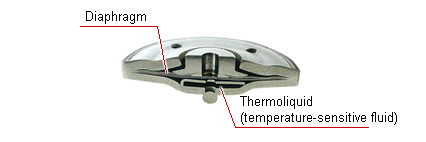
Thermoliquid, like water, is liquid when kept under a certain pressure and temperature, and expands to become a gas when its temperature rises above a certain point. The temperature at which it becomes a gas is approximately 11°F (40°F for air vents) lower than the temperature at which water becomes steam. So when it is surrounded by steam, the thermoliquid is a gas and the chamber containing the thermoliquid expands and pushes on the diaphragm. This causes the gap between the valve and the valve opening on the diaphragm to close.
In contrast, when the area around the X-element is at a low temperature (when it is either condensate or air), the thermoliquid is in the liquid phase and the valve is not being pushed closed, so condensate and air are discharged from the gap between the valve and the valve opening.
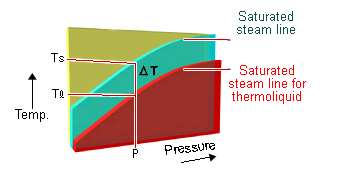
Under Normal Operation
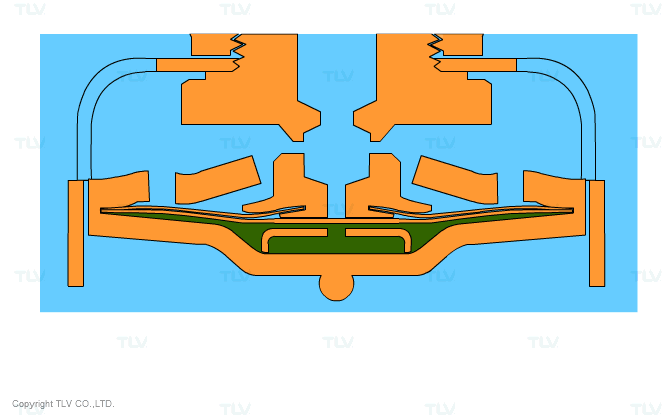
”Fail Open” Safety Feature
Fail safe features are necessary in quality precision instruments. TLV therefore designed the X-element in such a way that the valve remains in the open position ('fail open' safety feature ) in the event the diaphragm ruptures.
If a steam trap fails, the valve may either remain open (blowing) or it may remain closed (blocked). If the valve remains closed, condensate accumulates in any equipment that cannot be shut down in order to replace the failed trap, and this pooling of condensate impairs the equipment's heating performance.
On the other hand, if the valve remains open, the supply of steam continues uninterrupted and the equipment can continue to be productive. Due to this special design, even if the diaphragm ruptures and becomes technically 'closed' (by remaining in contact with the valve opening due to the flow of steam and condensate), condensate, etc. can still flow through the valve opening via the hole in the center of the valve.
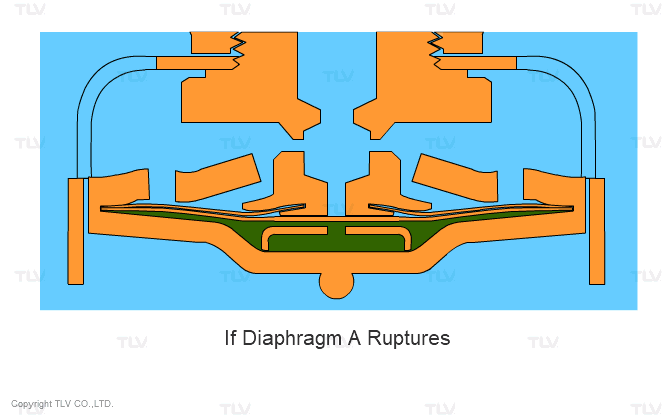
As long as the supply of steam continues, the valve is pushed up and remains fully open.
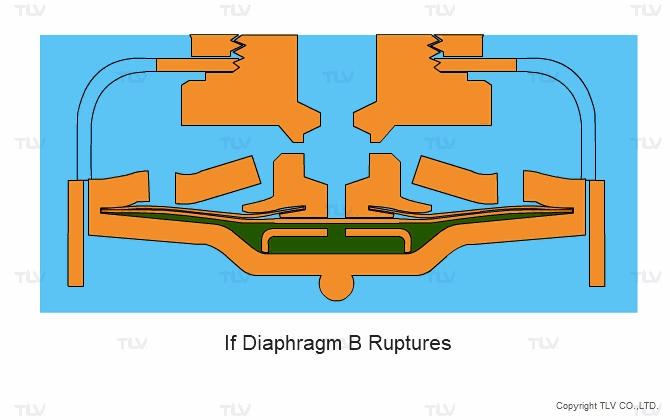
Bimetallic automatic air vent
The bimetal disc-shaped air vent delivers high performance and durability for high temperature, high pressure service and rapid start-up
Automatic air venting and reduced start-up time
Due to low temperatures during operation start-up, the bimetal disc is flat and the air vent valve in the center is away from the air vent valve seat to enable quick, automatic elimination of initial air to reduce start-up time.
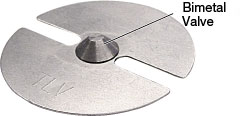
Bimetal disc
